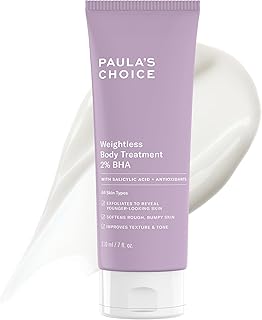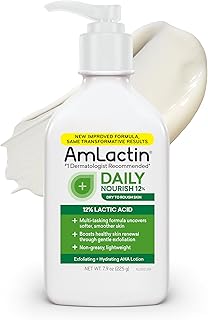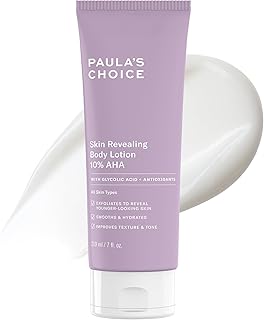Keratosis pilaris, a common skin condition, manifests as rough, scaly bumps that often worsen in the winter or with hormonal changes. Afflicting a significant percentage of teenagers and adults, it is characterized by small, red, rough bumps on the skin. Dermatologists view keratosis pilaris more as a skin variant than a disease, emphasizing its chronic nature with no definitive cure.
While keratosis pilaris isn’t curable, over-the-counter treatments can help manage its symptoms. Exfoliating ingredients like lactic acid, salicylic acid, and urea, coupled with hydrating components such as glycerin and ceramides, are recommended to address roughness, dryness, and bumps. Dermatologists emphasize the importance of a balanced skincare routine to alleviate keratosis pilaris.
The condition is hereditary and often linked to individuals prone to eczema. Hormonal fluctuations, particularly during puberty, pregnancy, or around the menstrual cycle, can exacerbate symptoms. Additionally, low humidity in winter can worsen keratosis pilaris, making the skin drier and more prone to flare-ups.
Effective treatments for keratosis pilaris typically involve a combination of exfoliation and moisturizing. Chemical exfoliants like lactic acid, glycolic acid, and salicylic acid aid in removing dead skin cells and promoting skin cell turnover. Urea, known for its moisturizing and exfoliating properties, can also help manage keratosis pilaris symptoms.
Several products are recommended by dermatologists for treating keratosis pilaris. These include CeraVe SA Lotion, Ebanel Urea Cream, AmLactin Daily Moisturizing Lotion, Gold Bond Rough & Bumpy Daily Skin Therapy Cream, and Eucerin Roughness Relief Cream. These products contain key ingredients like salicylic acid, lactic acid, urea, and ceramides to address the condition.
Consistency in skincare routines is crucial to managing keratosis pilaris. Regular exfoliation with keratolytic agents is recommended to reduce the buildup of dead skin cells. Alpha hydroxy acids, beta hydroxy acids, and urea are commonly used keratolytics found in cleansers, body washes, and moisturizers. Physical exfoliants can also be incorporated, but should be used cautiously to avoid irritation.
Experts suggest that keratosis pilaris is manageable rather than curable, as it tends to persist due to genetic predisposition. Maintaining a balance between exfoliation and moisturizing is key to minimizing symptoms. By incorporating exfoliating agents and hydrating ingredients into daily skincare routines, individuals can effectively manage keratosis pilaris.
For individuals struggling with keratosis pilaris, seeking advice from dermatologists and incorporating suitable over-the-counter treatments can significantly improve the appearance and texture of the skin. By understanding the causes and effective treatments for keratosis pilaris, individuals can take proactive steps to manage this common skin condition.
📰 Related Articles
- Managing Superannuation in Divorce: Expert Tips for SMSFs
- Expert Tips: Simplify Skincare Routine for Radiant, Healthy Skin
- Expert Tips: How to Safely Exfoliate for Healthy Skin
- Expert Tips to Relieve Pets’ Itchy Skin Discomfort Naturally
- Expert Tips for Winter Skin Care Essentials






